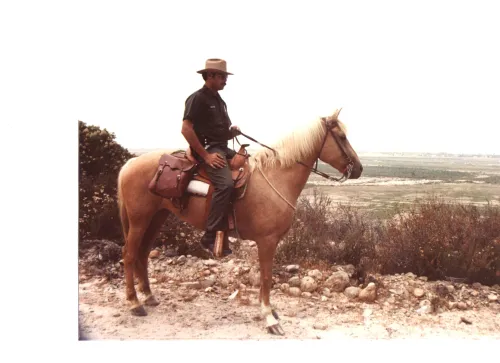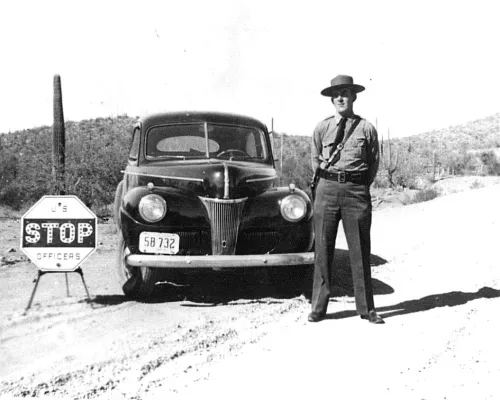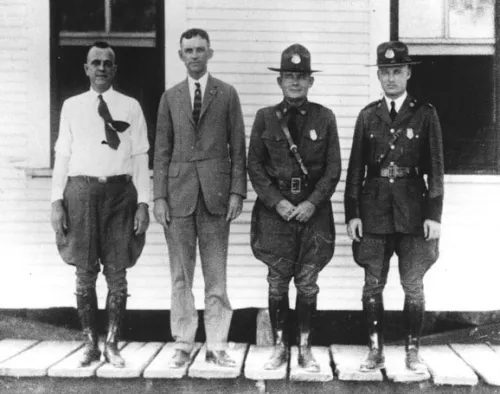The United States Border Patrol is the mobile, uniformed law enforcement arm of U.S. Customs and Border Protection within the Department of Homeland Security responsible for securing U.S. borders between ports of entry. The Border Patrol was officially established on May 28, 1924 by an act of Congress passed in response to increasing illegal immigration. As mandated by this Act, the small border guard in what was then the Bureau of Immigration was reorganized into the Border Patrol. The initial force of 450 officers was given the responsibility of combating illegal entries and the growing business of human smuggling.
Mission
Since the terrorist attacks of September 11, 2001, the focus of the Border Patrol has changed to detection, apprehension and/or deterrence of terrorists and terrorist weapons. Although the Border Patrol has changed dramatically since its inception in 1924, its overall mission remains unchanged: to detect and prevent the illegal entry of individuals into the United States. Together with other law enforcement officers, the Border Patrol helps maintain borders that work, facilitating the flow of legal immigration and goods while preventing the illegal trafficking of people and contraband.
The Border Patrol is specifically responsible for patrolling the 6,000 miles of Mexican and Canadian international land borders and 2,000 miles of coastal waters surrounding the Florida Peninsula and the island of Puerto Rico. Agents work around the clock on assignments, in all types of terrain and weather conditions. Agents also work in many isolated communities throughout the United States.
Daily Duties
One of the most important activities of a Border Patrol agent is line watch. This involves the detection, prevention and apprehension of terrorists, undocumented aliens and human smugglers at or near the land border by maintaining surveillance from a covert position, following up leads, responding to electronic sensor television systems, aircraft sightings, and interpreting and following tracks, marks and other physical evidence. Some of the major activities are traffic check, traffic observation, city patrol, transportation check, administrative, intelligence, and anti-smuggling activities.
Training
As one of the most rigorous and demanding law enforcement training programs in the country, U.S. Border Patrol training has become the envy of the federal law enforcement community. All newly hired Border Patrol Agent Trainees are required to complete a 117-day basic training program which includes instruction in Law, Operations, Spanish, Driver Training, Physical Techniques, and Firearms. Scenario-Based Training plays a significant role in the trainees' development as it allows them to apply the theoretical information in life like situations. The U.S. Border Patrol Academy is located in Artesia, NM. While in training, all trainees receive full pay and benefits.
Federal Law Enforcement Center (FLETC) courses are: Communications, Ethics and Conduct, Report Writing, Introduction to Computers, Fingerprinting, and Constitutional Law. The U.S. Border Patrol Academy is located in Artesia, NM.
History
The U.S. Border Patrol has a long and rich history of helping to secure and protect the American way of life.




